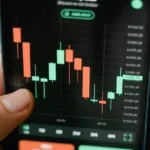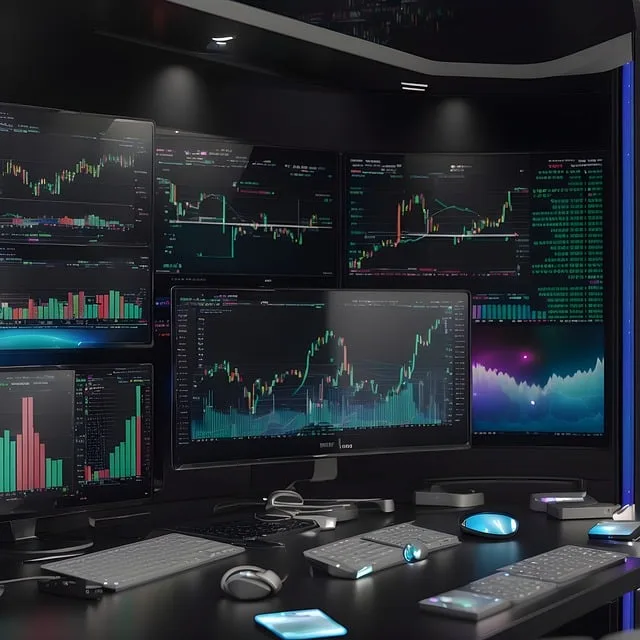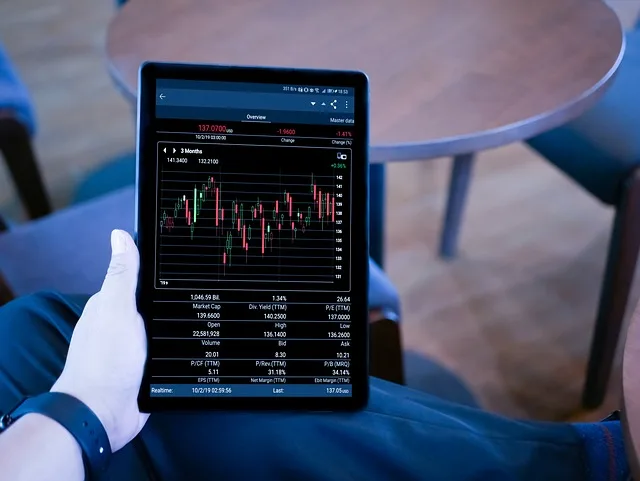Navigating the labyrinth of financial markets requires keen eyes, and among the most insightful guides are doji candlestick types. These unique patterns demystify market sentiments and help traders forecast price movements with precision.
Decoding Doji Candlestick Types
Doji serves as the pulse-check of the market, reflecting the emotions and decisions of traders.
Anatomy and Formation:
A Doji occurs when the opening and closing prices are almost identical. The result is a candlestick that resembles a cross or plus sign.
Exploring Different Types of Doji Candlestick
- Classic Doji:
- Formation: Equal opening and closing prices.
- Implication: Suggests indecision and a potential change in direction.
- Long-Legged Doji:
- Formation: Characterized by long shadows.
- Implication: Represents a tug-of-war between buyers and sellers.
- Dragonfly Doji:
- Formation: The opening, closing, and high prices align with a long lower shadow.
- Implication: A possible bullish reversal.
- Gravestone Doji:
- Formation: The opening, closing, and low prices align, with a long upper shadow.
- Implication: Indicates a potential bearish reversal.
Mastering the Interpretation of Doji Candlestick Types
Doji candlesticks provide traders with cues, but these need to be analyzed within context.
Contextualizing Doji Patterns:
Imagine spotting a Dragonfly Doji after a series of declining prices. If supported by rising volumes, this could be a strong buy signal.
Importance of Confirmation:
A solitary doji might not guarantee a reversal. Thus, traders often wait for confirmatory candles or use other technical indicators.
Diving Deeper: Advanced Doji Patterns
Beyond the basics, doji types also manifest in advanced patterns.
- Tri-Star Doji:
- Formation: A trio of Dojis.
- Implication: A strong reversal signal, though rare.
- Four-Price Doji:
- Formation: Opening, closing, high, and low prices are identical.
- Implication: Extreme indecision, often seen before significant news.
FAQs on Doji Candlestick Types
What is the significance of doji candlestick types in day trading?

Day traders leverage doji candlestick types for short-term price predictions, using them to enter or exit trades profitably.
How can beginners effectively use doji candlestick types?

Beginners can start by identifying doji patterns in historical charts, understanding their implications, and then practicing with paper trading.
What other indicators work well with Doji candlestick?

Moving averages, RSI, and Bollinger Bands can complement doji candlesticks.
Effective Strategies with Doji Candlestick Types
Risk Management:
Understanding doji candlestick types necessitates knowledge of risk management, ensuring that potential losses are mitigated.
Positioning and Timing:
Effective utilization of Dojis involves strategic positioning and timing in trades, ensuring optimal entry and exit points.
Real-Time Examples:
Consider a scenario where a Dragonfly Doji appears after a prolonged downtrend. Coupled with an increase in trading volume, this could be an indication of a potential reversal, signaling buyers to enter the market.
(While doji candlesticks are indicative of market sentiment, they are not standalone signals. Traders must analyze them within the context of preceding trends, volume, and other technical indicators).
Conclusion: Embarking on a Journey of Informed Trading
Grasping doji candlestick types is akin to mastering a new language. Armed with this knowledge, traders can decode market sentiments and anticipate movements with a higher degree of accuracy.
For further expertise and market insights, [The Market Technicians] stand ready to guide you through the intricacies of trading, ensuring you’re well-equipped for your journey.
About the Author:
With over a decade of hands-on trading experience, the author brings invaluable insights into the nuances of technical analysis and chart patterns, making this guide both reliable and practical.
Final Thoughts: Building a Robust Trading Arsenal
Understanding doji candlestick types is fundamental, but integrating them seamlessly into your trading strategy is what transforms knowledge into success.
By continually learning and adapting, traders can construct a robust trading arsenal. With doji candlestick types as an integral part, navigating the ever-changing tides of the financial markets becomes an enriching experience.
So, embark on this journey of continuous learning, and may your trading endeavors be insightful and prosperous.
Disclaimer: Trading carries inherent risks, and previous performance does not guarantee future outcomes. The content presented in this article is solely for educational purposes and should not be construed as financial counsel. We strongly recommend consulting a certified financial expert before initiating any trading activities.
Note: The material within this article is provided for informational purposes exclusively and should not be seen as a replacement for expert financial guidance. Whenever you have inquiries concerning your investments or trading methods, always seek the guidance of a qualified financial advisor.
Affiliate link disclaimer: Some links in this article may earn us a commission for any resulting purchases. Thank you for supporting our content.








Your point of view caught my eye and was very interesting. Thanks. I have a question for you.